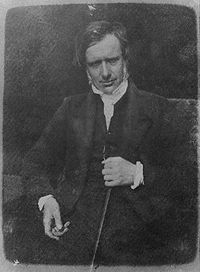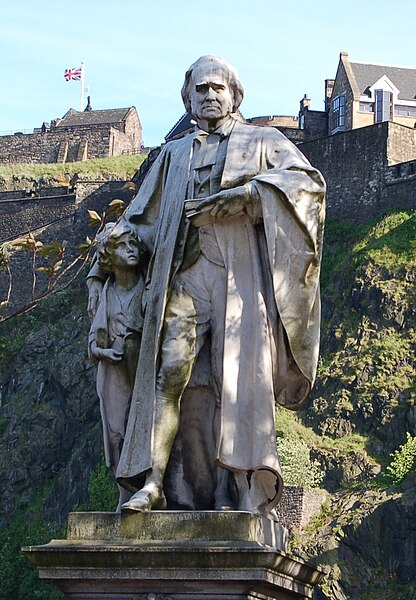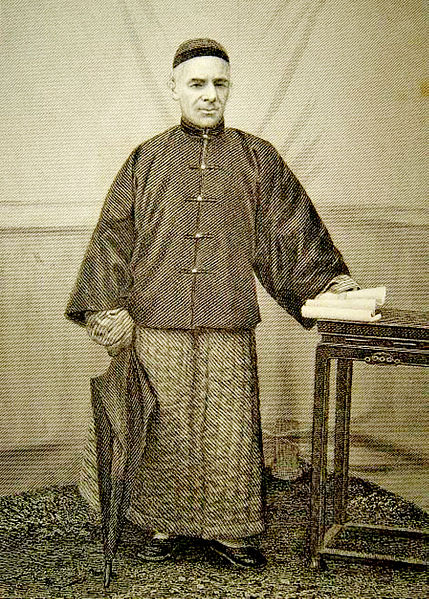My good friend Rev Dr John Nicholls, Chief Executive of the London City Mission recently sent me an interesting link to a website entitled 'Cholera and the Thames'. Within the website and under the section on 'Cholera in Westminster' there is a section entitled 'The Devils Acre'. I find it slightly amusing that the heart of political power in the 1840's was once an area of '...thieves...and charlatans' (no change there then). All quotes below are from the website unless otherwise stated.
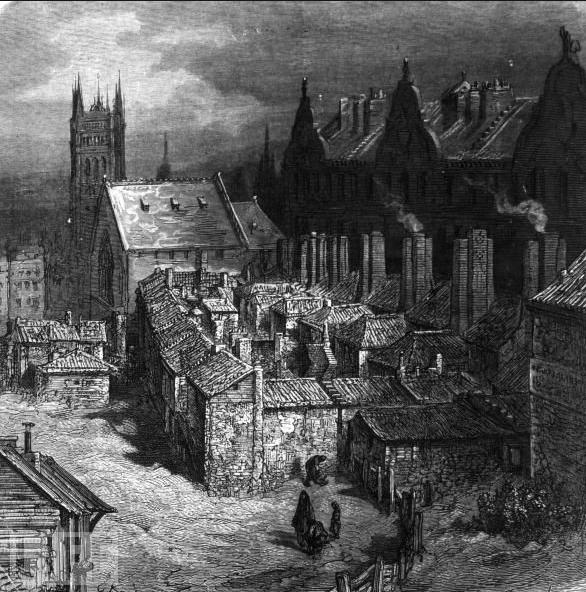
The Devils Acre was 'located in what is currently the prestigious heart of Westminster. Yet at the time of the cholera outbreak, the Devil’s Acre was little more than a dismal swamp, home to a community of beggars, thieves, prostitutes, and charlatans. It was said that it was the area most ideal for housing criminals of all types as the police only made rare visits to the area—and when they did the local inhabitants vigorously repelled them. Charles Dickens’s campaigning magazine ‘Household Words’ featured the area in its very first edition in 1850 and helped to popularise the infamous name that had been given to an area that lay between the pillars of state; Westminster Abbey (Church), Buckingham Palace (Crown) and the Houses of Parliament (State). The streets that encompassed The Devil's Acre were Old Pye Street, Great St Anne's Lane (now St Ann Street and the location of Westminster Archives) and Duck Lane (now St Matthew Street) in the parish of Westminster St Margaret and St John.'
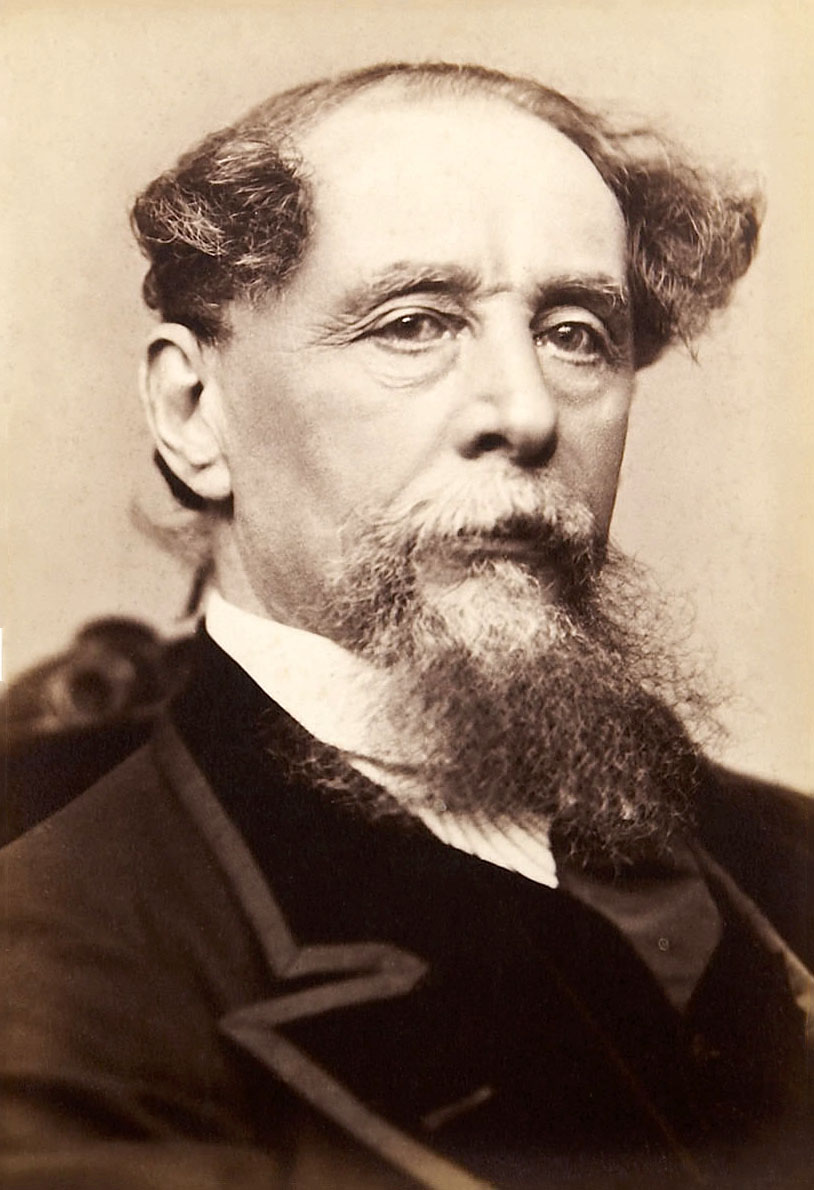 |
| Charles Dickens |
Charles Dickens would have been very familiar with the area as a young parliamentary reporter and summarised it as follows; 'There is no part of the metropolis which presents a more chequered aspect, both physical and moral, than Westminster. The most lordly streets are frequently but a mask for the squalid districts which lie behind them, whilst spots consecrated to the most hallowed of purposes are begirt by scenes of indescribably infamy and pollution; the blackest tide of moral turpitude that flows in the capital rolls its filthy wavelets up to the very walls of Westminster Abbey.’
The website confirms the incredible effect of the Ragged School Movement which was taken up by Charles Dickens and others such as Anthony Ashley-Cooper (7th Earl of Shaftesbury), Angela Burdett-Coutts and of course in Scotland Thomas Guthrie. The famous 'One Tun Pub' in Old Pyre Street, London was a training centre for young street kids who were made in to career criminals. Dickens was inspired after visiting a Ragged School to write his second novel 'Oliver Twist' or 'The Parish Boys Progress' (an allusion to John Bunyan's Pilgrims Progress). The story of the One Tun Pub parallels the story of Oliver Twist very closely except that the One Tun was converted into a Ragged School and many were helped to choose a different direction in life.
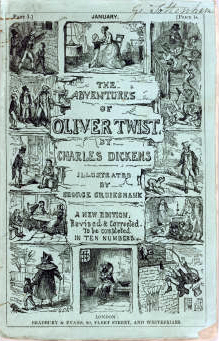
Early attempts to respond to the huge needs of the Devils Acre came from the London City Mission which was begun in 1835 by a Scot named David Nasmith; 'The plight of children in the area, many of them street orphans, also shocked those who went into the area to try and help. The City of London Mission felt that the area was so depraved that it had to be re-conquered for Christianity. For the last half of the 19th century its missionaries compiled reports on the area based on door to door visits in the neighbourhood. One report by missionary Andrew Walker described the extent of the depravity. He was shocked to discover that street orphans were taken off of the streets into ‘the School of Fobology’ which was based in the One Tun pub in Old Pye Street. The ‘Fagin like’ master of the school gave them a master class in the art of pick pocketing. This shocked one wealthy philanthropist Adeline Cooper into buying the pub and converting it into a ‘Ragged school’ with the help of the famous social reformer Lord Shaftesbury. Angela Burdett-Coutts was also a prime mover in the ‘Ragged School’ movement, which sought to provide basic education for poor children. Her involvement in education in the area was long term and eventually she helped to build a school for local children, that still bares her name in Rochester Street, SW1.'
 |
| 7th Earl of Shaftesbury |
Dickens was going to write a pamphlet on the work of Ragged Schools but instead went on to write 'A Christmas Carol.' Through this and his magazine 'Household Words' Dickens went on to support the work of the Ragged School movement. Below is a (very lengthy) letter from Charles Dickens to The Daily News in February 1846 after visiting the Field Lane Ragged School. Towards the end of the letter Dickens seems to suggest some slight reservations about the schools by saying; 'So far as I have any means of judging of what is taught there, I should individually object to it, as not being sufficiently secular, and as presenting too many religious mysteries and difficulties, to minds not sufficiently prepared for their reception.' Despite these reservations about the Christian nature of the education, Dickens goes on to heartily recommend the project and appeals to Christian philanthropists to commit money to the building of future Ragged Schools. Below I have pasted most of the letter but the full version can be found here;
'This attempt is being made in certain of the most obscure and squalid parts of the Metropolis, where rooms are opened, at night, for the gratuitous instruction of all comers, children or adults, under the title of RAGGED SCHOOLS. The name implies the purpose. They who are too ragged, wretched, filthy, and forlorn, to enter any other place: who could gain admission into no charity school, and who would be driven from any church door; are invited to come in here, and find some people not depraved, willing to teach them something, and show them some sympathy, and stretch a hand out, which is not the iron hand of Law, for their correction.'
The letter continues;
'For the instruction, and as a first step in the reformation, of such unhappy beings, the Ragged Schools were founded. I was first attracted to the subject, and indeed was first made conscious of their existence, about two years ago, or more, by seeing an advertisement in the papers dated from West Street, Saffron Hill, stating "That a room had been opened and supported in that wretched neighbourhood for upwards of twelve months, where religious instruction had been imparted to the poor", and explaining in a few words what was meant by Ragged Schools as a generic term, including, then, four or five similar places of instruction. I wrote to the masters of this particular school to make some further inquiries, and went myself soon afterwards.
It was a hot summer night; and the air of Field Lane and Saffron Hill was not improved by such weather, nor were the people in those streets very sober or honest company. Being unacquainted with the exact locality of the school, I was fain to make some inquiries about it. These were very jocosely received in general; but everybody knew where it was, and gave the right direction to it. The prevailing idea among the loungers (the greater part of them the very sweepings of the streets and station houses) seemed to be, that the teachers were quixotic, and the school upon the whole "a lark". But there was certainly a kind of rough respect for the intention, and (as I have said) nobody denied the school or its whereabouts, or refused assistance in directing to it.
It consisted at that time of either two or three--I forget which-miserable rooms, upstairs in a miserable house. In the best of these, the pupils in the female school were being taught to read and write; and though there were among the number, many wretched creatures steeped in degradation to the lips, they were tolerably quiet, and listened with apparent earnestness and patience to their instructors. The appearance of this room was sad and melancholy, of course--how could it be otherwise!--but, on the whole, encouraging.
The close, low chamber at the back, in which the boys were crowded, was so foul and stifling as to be, at first, almost insupportable. But its moral aspect was so far worse than its physical, that this was soon forgotten. Huddled together on a bench about the room, and shown out by some flaring candles stuck against the walls, were a crowd of boys, varying from mere infants to young men; sellers of fruit, herbs, lucifer-matches, flints; sleepers under the dry arches of bridges; young thieves and beggars--with nothing natural to youth about them: with nothing frank, ingenuous, or pleasant in their faces; low-browed, vicious, cunning, wicked; abandoned of all help but this; speeding downward to destruction; and UNUTTERABLY IGNORANT.
This, Reader, was one room as full as it could hold; but these were only grains in sample of a Multitude that are perpetually sifting through these schools; in sample of a Multitude who had within them once, and perhaps have now, the elements of men as good as you or I, and maybe infinitely better; in sample of a Multitude among whose doomed and sinful ranks (oh, think of this, and think of them!) the child of any man upon this earth, however lofty his degree, must, as by Destiny and Fate, be found, if, at its birth, it were consigned to such an infancy and nurture, as these fallen creatures had!
This was the Class I saw at the Ragged School. They could not be trusted with books; they could only be instructed orally; they were difficult of reduction to anything like attention, obedience, or decent behaviour; their benighted ignorance in reference to the Deity, or to any social duty (how could they guess at any social duty, being so discarded by all social teachers but the gaoler and the hangman!) was terrible to see. Yet, even here, and among these, something had been done already. The Ragged School was of recent date and very poor; but he had inculcated some association with the name of the Almighty, which was not an oath, and had taught them to look forward in a hymn (they sang it) to another life, which would correct the miseries and woes of this.
The new exposition I found in this Ragged School, of the frightful neglect by the State of those whom it punishes so constantly, and whom it might, as easily and less expensively, instruct and save; together with the sight I had seen there, in the heart of London; haunted me, and finally impelled me to an endeavour to bring these Institutions under the notice of the Government; with some faint hope that the vastness of the question would supersede the Theology of the schools, and that the Bench of Bishops might adjust the latter question, after some small grant had been conceded. I made the attempt; and have heard no more of the subject from that hour.
The perusal of an advertisement in yesterday's paper, announcing a lecture on the Ragged Schools last night, has led me into these remarks. I might easily have given them another form; but I address this letter to you, in the hope that some few readers in whom I have awakened an interest, as a writer of fiction, may be, by that means, attracted to the subject, who might otherwise, unintentionally, pass it over.
I have no desire to praise the system pursued in the Ragged Schools; which is necessarily very imperfect, if indeed there be one. So far as I have any means of judging of what is taught there, I should individually object to it, as not being sufficiently secular, and as presenting too many religious mysteries and difficulties, to minds not sufficiently prepared for their reception. But I should very imperfectly discharge in myself the duty I wish to urge and impress on others, if I allowed any such doubt of mine to interfere with my appreciation of the efforts of these teachers, or my true wish to promote them by any slight means in my power. Irritating topics, of all kinds, are equally far removed from my purpose and intention. But, I adjure those excellent persons who aid, munificently, in the building of New Churches, to think of these Ragged Schools; to reflect whether some portion of their rich endowments might not be spared for such a purpose; to contemplate, calmly, the necessity of beginning at the beginning; to consider for themselves where the Christian Religion most needs and most suggests immediate help and illustration; and not to decide on any theory or hearsay, but to go themselves into the Prisons and the Ragged Schools, and form their own conclusions. They will be shocked, pained, and repelled, by much that they learn there; but nothing they can learn will be onethousandth part so shocking, painful, and repulsive, as the continuance for one year more of these things as they have been for too many years already.
Anticipating that some of the more prominent facts connected with the history of the Ragged Schools, may become known to the readers of The Daily News through your account of the lecture in question, I abstain (though in possession of some such information) from pursuing the question further, at this time. But if I should see occasion, I will take leave to return to it.'
First published February 4, 1846, The Daily News
If you look over to the section on 'Ragged Schools' within this blog you will see an interesting obitury to Andrew Walker, London City Missionary who is referred in the website. Many thanks to John Nicholls and others in the London City Mission for sending me items from their archives.
